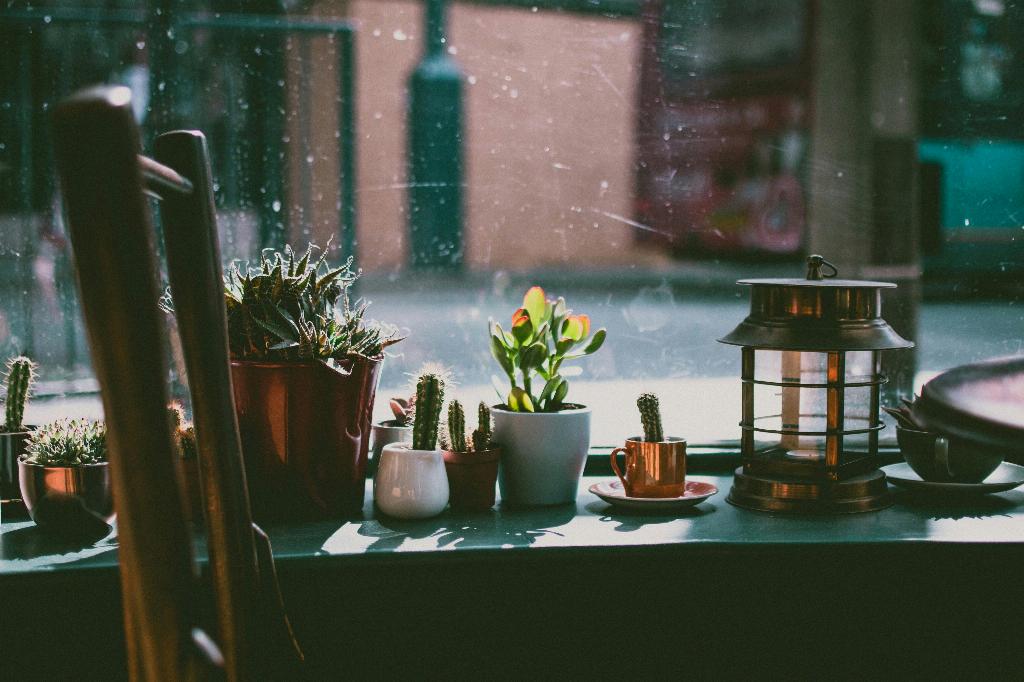Succulents, with their unique beauty and resilient nature, have gained immense popularity among plant enthusiasts. One key aspect that contributes to their health and growth is the type of soil they are planted in.
Importance of Well-Draining Soil
Succulents have shallow root systems that are prone to rot if they sit in waterlogged soil. It is crucial to provide them with soil that allows water to pass through freely, ensuring that excess moisture doesn’t accumulate around the roots.
Characteristics of Optimal Soil for Succulents
An ideal soil mix for succulents is loose, rocky, and well-draining. This type of soil mimics the natural habitat of succulents, which often grow in arid regions with sandy or gravelly soil. Such soil composition promotes proper aeration and prevents waterlogging.
Nutrient-Rich Soil for Succulents
While succulents do not require heavy feeding like some other plants, they still benefit from a soil mix that is nutrient-rich. A balanced blend of organic matter, such as compost or peat moss, can provide essential nutrients to support the growth and vitality of succulents.
Using Specialized Potting Mixes
When planting succulents in containers, it is advisable to use a potting mix specifically formulated for succulents and cacti. These specialized mixes are designed to meet the unique needs of these plants, ensuring adequate drainage and aeration for healthy root development.
Importance of Proper Drainage
Whether planting succulents in containers or garden beds, ensuring good drainage is essential. Planting succulents in pots with drainage holes at the bottom allows excess water to escape, preventing waterlogged soil and root rot.
Avoiding Compacted Soil
Succulents thrive in soil that is loose and well-draining. Compacted soil can hinder root growth and lead to issues such as water pooling around the roots. Regularly aerating the soil and avoiding heavy compacting can promote healthy root development in succulents.
Benefits of Sandy Soil
Sandy soil is often favored for succulents due to its excellent drainage properties. The coarse texture of sandy soil promotes airflow and allows water to flow through easily, reducing the risk of overwatering and root diseases in succulents.
Optimal pH Levels for Succulents
While succulents are adaptable to various soil conditions, they generally prefer slightly acidic to neutral pH levels. Testing the pH of your soil and making adjustments, if necessary, can help create an optimal growing environment for succulents.
Enhancing Soil Structure with Perlite
Adding perlite to the soil mix can improve its structure by increasing aeration and drainage. Perlite, a lightweight volcanic rock, helps prevent soil compaction and promotes root health by allowing the roots to access oxygen more easily.
Balancing Moisture Retention and Drainage
When choosing a soil mix for succulents, strike a balance between moisture retention and drainage. While succulents prefer well-draining soil, they still require some level of moisture to thrive. Finding the right blend of ingredients can support both hydration and drainage needs.
Conclusion
In conclusion, succulents thrive in soil that is well-draining, nutrient-rich, and aerated. Providing the right soil environment is essential for the health and longevity of succulents, ensuring they continue to display their stunning beauty and resilience in your home or garden.

